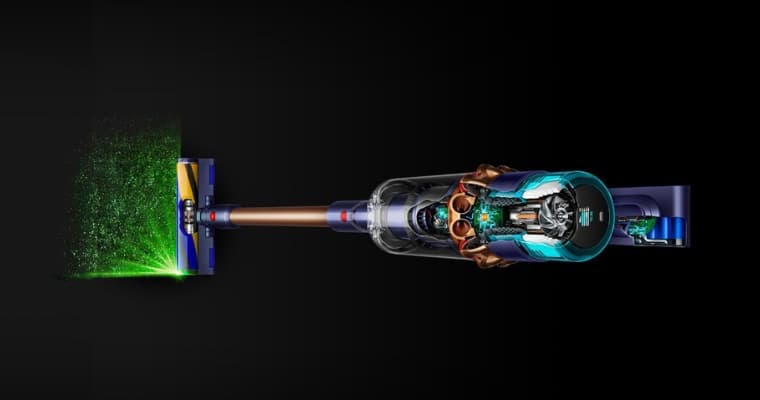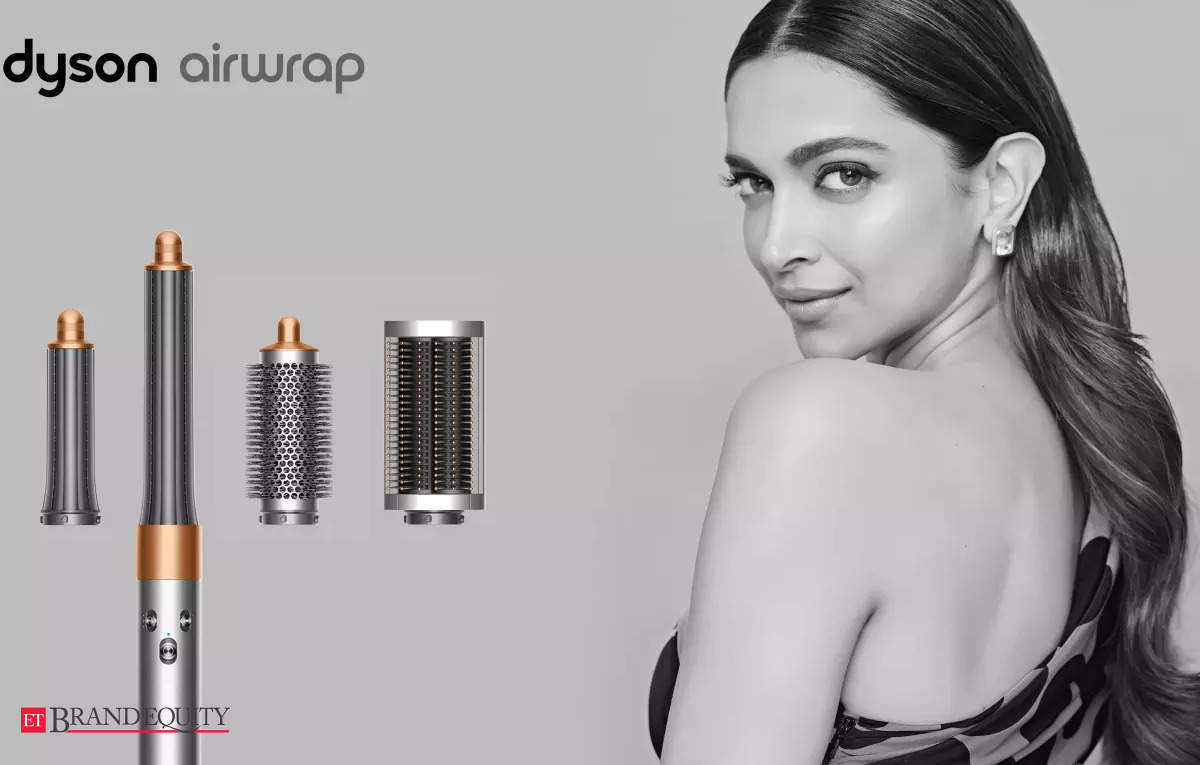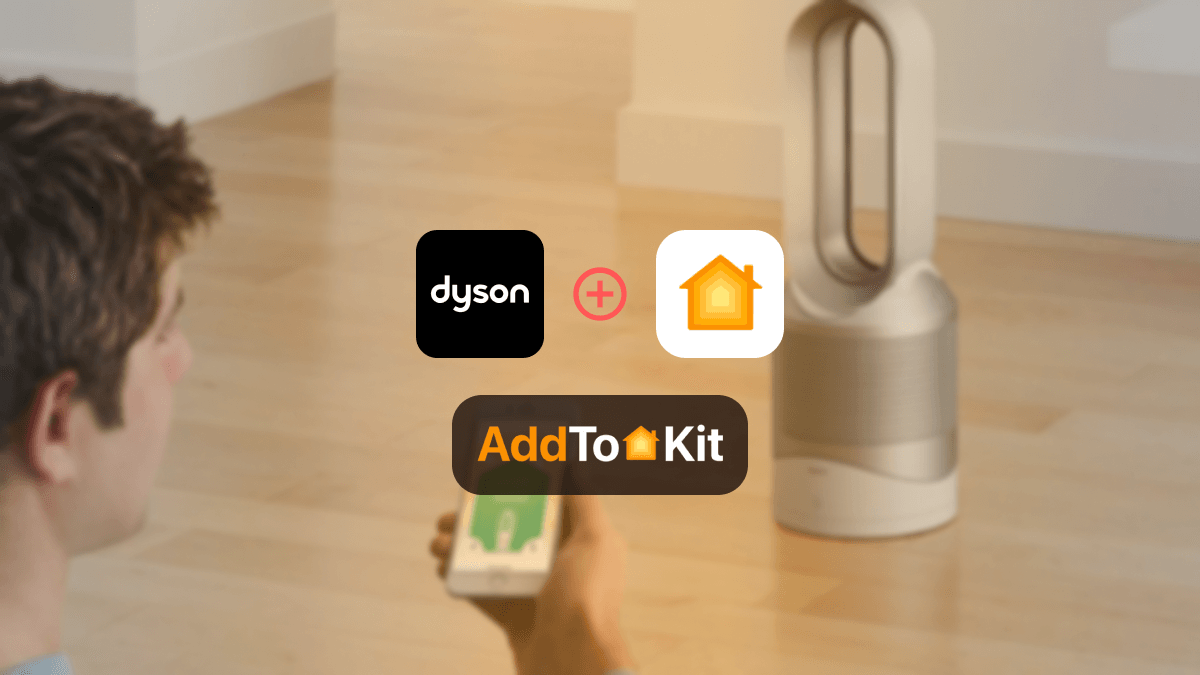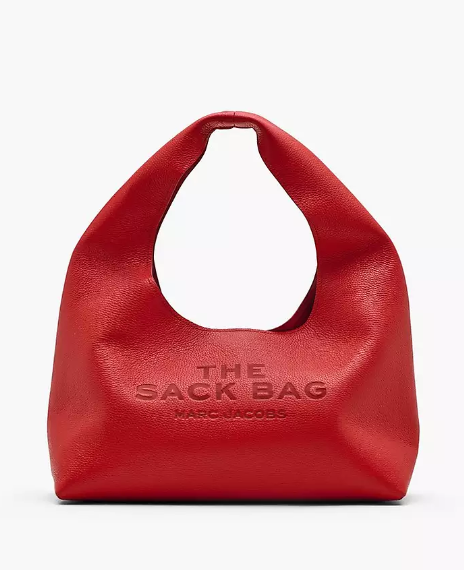Dyson has revolutionized household technology with its cutting-edge designs in stofzuigers, luchtbehandeling, haarstyling, and verlichting. Known for innovation and efficiency, Dyson products combine powerful performance with sleek aesthetics. This article delves into how these technologies work, their unique advantages, and why they stand out in the market. Discover how Dyson transforms daily routines into seamless, high-tech experiences.
The Evolution of Dyson Stofzuigers
Dyson’s commitment to revolutionizing everyday technology extends beyond the realm of vacuum cleaners and into the crucial domain of air purification. The air we breathe indoors can often be more polluted than outdoor air, laden with dust, allergens, volatile organic compounds (VOCs), and other harmful particles. Dyson’s approach to air purification is comprehensive, addressing these indoor air quality challenges with innovative engineering and smart technology.
Central to Dyson’s air purifiers is their advanced filtration system. HEPA (High-Efficiency Particulate Air) filters are a cornerstone, capturing 99.97% of particles as small as 0.3 microns. This includes dust, pollen, mold spores, and bacteria, effectively removing common allergens and irritants from the air. Recognizing the need for more than just particulate filtration, Dyson’s purifiers also incorporate activated carbon filters. These filters target gases, odors, and VOCs released from everyday household products, such as paints, cleaning supplies, and even furniture.
A significant advancement in Dyson’s air purification technology is their ability to detect and neutralize formaldehyde. Formaldehyde is a colorless, odorless gas that can be released from building materials, furniture, and other household items. It is a known irritant and potential carcinogen. Dyson’s catalytic filter traps formaldehyde molecules and breaks them down into harmless substances like water and carbon dioxide, providing continuous purification without needing replacement. This represents a substantial leap in addressing a persistent indoor air pollutant.
Besides filtration, airflow engineering is crucial to Dyson’s air purification design. Dyson purifiers employ Air Multiplier™ technology, which projects purified air throughout the room, ensuring that the entire space benefits from cleaner air. The machines don’t just clean the air; they circulate it, preventing stagnant air pockets and ensuring even distribution.
The Purifier Cool series exemplifies Dyson’s integrated approach. These models combine air purification with cooling or heating functionality, offering year-round comfort and air quality control. In the summer, they provide a powerful stream of cooling air, while in colder months, some models efficiently heat the room.
Real-time monitoring and smart connectivity further enhance the user experience. Dyson purifiers are equipped with sensors that continuously monitor air quality, detecting pollutants and displaying the results on an LCD screen or through the Dyson Link app. This allows users to stay informed about their indoor air quality and adjust settings as needed. The app also provides historical data, allowing users to track trends and identify potential sources of pollution. With smart connectivity, users can control and monitor their purifiers remotely, schedule purification cycles, and receive alerts when filters need replacing.
The Purifier Hot+Cool Formaldehyde exemplifies Dyson’s commitment of tackling VOCs and particles. This model features three sensors that constantly analyze the air, detecting particles, gases, and formaldehyde. The unique solid-state formaldehyde sensor is incredibly precise and lasts the whole life of the machine. The Dyson Purifier Hot+Cool Formaldehyde is fully sealed to HEPA H13 standard so what goes inside stays inside, meaning pollutants won’t leak back into the room. This model combines heating, colling and air purification.
Dyson’s approach to air purification addresses the growing need for cleaner indoor environments. By combining advanced filtration, airflow engineering, and smart technology, Dyson provides effective solutions for addressing the complex challenges of indoor pollution.
Luchtbehandeling Smart Air Purification
Luchtbehandeling Smart Air Purification:
Dyson’s foray into air purification is characterized by a holistic approach, addressing the multifaceted nature of indoor air pollution with sophisticated engineering and intelligent technology. The cornerstone of their air purification systems lies in their advanced filtration capabilities, primarily focusing on HEPA (High-Efficiency Particulate Air) filters. These filters are meticulously designed to capture microscopic particles as small as 0.3 microns, effectively removing allergens like pollen, dust mites, mold spores, and pet dander from the air. This level of filtration is crucial in creating a healthier indoor environment, especially for individuals suffering from allergies or respiratory conditions.
Beyond particulate matter, Dyson addresses gaseous pollutants, including volatile organic compounds (VOCs), with activated carbon filters. VOCs are emitted from a wide range of household products, such as paints, cleaning supplies, and even furniture, and can have detrimental effects on long-term health. Dyson’s activated carbon filters adsorb these gases, mitigating their impact on indoor air quality.
One of Dyson’s most innovative contributions to air purification is its focus on formaldehyde detection and catalytic oxidation. Formaldehyde, a particularly harmful VOC, is often released from pressed wood products and building materials. Dyson’s advanced sensors detect formaldehyde levels, and their catalytic filters break down formaldehyde molecules into harmless substances like carbon dioxide and water. This innovative feature sets Dyson apart from many other air purifier manufacturers, demonstrating their commitment to addressing the full spectrum of indoor air pollutants.
The airflow engineering in Dyson air purifiers is equally crucial. They utilize advanced aerodynamics to project purified air throughout the room, ensuring even distribution and eliminating stagnant air pockets. This is particularly evident in models like the Purifier Cool series, which seamlessly integrates cooling, heating, and air purification functionalities. These combination appliances not only purify the air but also provide year-round climate control, streamlining the home environment and reducing the need for multiple devices.
Real-time monitoring and smart connectivity further enhance the user experience. Dyson air purifiers are equipped with sensors that continuously monitor air quality, providing detailed information on particulate matter levels, VOC concentrations, and even temperature and humidity. This data is displayed on the machine itself and accessible through the Dyson Link app, allowing users to track their indoor air quality and adjust settings remotely. Smart connectivity also enables features like voice control and integration with other smart home devices, further simplifying the user experience.
The importance of clean air cannot be overstated. Indoor air pollution can have significant health implications, contributing to respiratory problems, allergies, and even cardiovascular disease. Dyson’s air purification technology provides a comprehensive solution to address these challenges, empowering individuals to create healthier and more comfortable living spaces. By tackling both particulate and gaseous pollutants, and integrating smart features and real-time monitoring, Dyson has reinvented air purification for the modern home. Dyson’s dedication to improving indoor air quality aligns with its overall philosophy of enhancing everyday life through innovative technology.
Haarstyling with Dyson Advanced Hair Tools
Haarstyling with Dyson Advanced Hair Tools:
Dyson has revolutionized the haircare industry with its innovative approach, focusing on technology that prioritizes hair health without compromising styling efficiency. The Supersonic hair dryer and Airwrap styler, in particular, stand out as prime examples of Dyson’s commitment to re-thinking conventional methods.
The Supersonic hair dryer fundamentally altered what consumers expect from a hair dryer. Traditional hair dryers often rely on extreme heat to dry hair quickly, leading to damage, frizz, and a generally unhealthy appearance. Dyson addressed this problem by incorporating its small yet powerful digital motor V9. This motor is capable of spinning up to 110,000 rpm, generating a high-velocity jet of controlled air. Crucially, the Supersonic employs intelligent heat control, constantly measuring the air temperature and adjusting it to prevent overheating. This reduces the risk of heat damage, preserving the hair’s natural shine and strength. Unlike conventional dryers that may have inconsistent temperature regulation leading to hot spots, the Supersonic maintains a balanced temperature, detected forty times per second, ensuring uniform drying. The ergonomic design, with the motor positioned in the handle, also rebalances the weight, making it far more comfortable to hold and use for extended periods.
Building on the success of the digital motor and intelligent heat control, Dyson introduced the Airwrap styler. This device takes a drastically different approach to curling and styling hair. Instead of relying on extreme heat and clamping mechanisms that can weaken hair, the Airwrap utilizes the Coanda effect. This aerodynamic phenomenon causes hair to automatically wrap around the barrel, using air pressure to style without the need for damaging high temperatures.
The Airwrap comes with a range of attachments, each designed for different styling purposes such as curling, waving, smoothing, and volumizing. By changing to a different attachment, the user can achieve a variety of looks, eliminating the need for multiple styling tools. Like the Supersonic, the Airwrap uses intelligent heat control ensuring that the hair is styled and dried with consistent, controlled heat; this minimizes damage whilst styling. This is a considerable improvement over curling irons and wands that often produce localized high heat, causing hair to become brittle and prone to breakage.
The utilization of these technologies has proven beneficial for both professional stylists and home users. Salon professionals value the speed and efficiency of the Supersonic and Airwrap allowing them to style hair faster without damaging the client’s hair. The user-friendly design, coupled with the speed of styling saves valuable time, while the reduced heat exposure contributes to the hair’s long-term health. At home, users appreciate the ease of use and the ability to achieve professional-looking results without the risk of damaging their hair. They can create a multitude of hairstyles quickly whilst maintaining the integrity of their hair.
Dyson’s approach to hair styling demonstrates a commitment to innovation and a deep understanding of hair science. By leveraging its expertise in aerodynamics, digital motor technology, and intelligent heat control, Dyson has created tools that are not only effective but also kind to hair. Combining efficiency with hair health, Dyson provides a superior styling experience, making them a leader in the haircare market. These hair tools not only offer convenience, functionality, and performance, but also align with the user’s growing concern about hair health, perfectly positioned to meet the demands of the modern market.
Verlichting Efficient Task Lighting
Dyson’s foray into lighting solutions, exemplified by the Lightcycle series, represents a unique application of their engineering principles to a fundamental aspect of modern living. This series departs significantly from conventional lighting systems, addressing the often-overlooked importance of light quality and its impact on well-being and productivity. At the core of the Lightcycle’s innovation is its ability to dynamically adjust light color and intensity to mimic natural daylight patterns, synchronized with the user’s local time and location. This emulation of circadian rhythms, underpinned by ambient light sensing technology, aims to reduce eye strain, improve focus, and promote a healthier sleep-wake cycle.
Compared to traditional lighting, which typically offers static color temperatures and brightness levels, the Lightcycle utilizes a sophisticated algorithm to track and adapt to the changing spectral characteristics of sunlight throughout the day. This involves complex calculations that factor in geographical location, time of year, and even the cloud cover, ensuring that the user is consistently exposed to light that closely resembles natural daylight. The benefits of such bio-adaptive lighting extend beyond mere illumination, potentially influencing mood, cognitive performance, and overall energy levels.
Energy efficiency and longevity are central to the Lightcycle’s design. By employing a unique heat pipe technology, Dyson has effectively mitigated LED degradation, a common issue in LED lighting systems. This technology draws heat away from the LEDs, maintaining optimal operating temperatures and extending the lifespan of the light source to an impressive 60 years based on an eight-hour-per-day usage. This longevity not only reduces the need for frequent replacements but also contributes to lower energy consumption over the product’s lifespan.
Ergonomic design is another key feature of the Lightcycle. The light is engineered with 360° maneuverability, allowing users to precisely direct the light where it is needed most. This ensures optimal illumination for a wide range of tasks, from reading and writing to detailed craftwork. The intuitive touch controls and smartphone app integration further enhance usability, providing users with personalized lighting profiles and remote control capabilities.
Dyson’s approach to lighting seamlessly merges functionality with aesthetics. The Lightcycle’s sleek, minimalist design integrates easily into various workspace and home environments. Materials are carefully selected for their durability and aesthetic appeal, ensuring that the light not only performs exceptionally but also complements the surrounding decor. This integration of form and function aligns with Dyson’s broader design philosophy, which prioritizes both usability and visual appeal. This holistic design approach means that lighting becomes a dynamic addition to any space rather than just another appliance. By rethinking light through the lens of engineering, Dyson has delivered a product that is aesthetically pleasing and promotes well-being.
The Future of Dyson Smart Home Integration
Explore how Dyson products integrate within smart home ecosystems using IoT and app controls. Discuss upcoming technologies like AI-driven air quality adjustments or automated cleaning paths. Predict future innovations in connected home devices and sustainability efforts. Highlight how Dyson continues pushing boundaries in household technology.
Dyson’s foray into the realm of smart home integration is characterized by a seamless blend of its core technologies with the expanding capabilities of IoT and intuitive app controls. The Dyson Link app, for instance, serves as a central hub for controlling and monitoring a range of devices, from air purifiers to robotic vacuums. Users can remotely adjust settings, track performance metrics, and receive real-time data on air quality or cleaning progress, providing unparalleled convenience and control.
Looking ahead, the potential for AI-driven enhancements is significant. Imagine air purifiers that intelligently adapt to changing environmental conditions, proactively adjusting filtration levels based on pollen counts, pollution levels, or even smoke detection from nearby fires. The integration of machine learning algorithms could enable these devices to learn user preferences and optimize performance over time, creating a truly personalized and responsive experience.
In the realm of robotic vacuums, AI could pave the way for more sophisticated automated cleaning paths and obstacle avoidance. Current models rely on pre-programmed routes and sensor technology, but future iterations could leverage AI to dynamically adapt to changing floor plans, furniture arrangements, and even pet activity. This would result in more efficient and thorough cleaning, minimizing human intervention.
Furthermore, Dyson’s commitment to sustainability is poised to be further amplified through smart home integration. Connected devices can provide users with detailed insights into their energy consumption, empowering them to make more informed decisions about their usage habits. For example, lighting systems could automatically adjust brightness levels based on ambient light, thereby reducing energy waste. Similarly, air purifiers could optimize filtration schedules to minimize energy consumption while maintaining optimal air quality.
The future of Dyson’s smart home integration also involves a deeper level of interoperability with other smart home platforms and devices. Imagine Dyson air purifiers seamlessly communicating with smart thermostats to optimize energy efficiency, or robotic vacuums automatically initiating cleaning cycles when occupants are away. This interconnectedness would create a more holistic and responsive smart home environment.
Dyson continues to push the boundaries of household technology, and its smart home initiatives exemplify this commitment. By leveraging IoT, AI, and app controls, Dyson is transforming everyday appliances into intelligent, interconnected devices that enhance convenience, improve performance, and promote sustainability. As the smart home ecosystem continues to evolve, Dyson is well-positioned to remain at the forefront of innovation, shaping the future of how we interact with our homes. By constantly collecting data, the products can better understand the conditions in which the consumer lives and provides feedback via the app. This makes living conditions better for the consumers by providing automated solutions and tips.
Conclusions
Dyson’s commitment to innovation shines across stofzuigers, luchtbehandeling, haarstyling, and verlichting, blending performance with intelligent design. From advanced filtration to hair-friendly styling, these technologies redefine daily convenience. As Dyson embraces smart integration, users can expect even more seamless, eco-conscious solutions in the future. Investing in Dyson means embracing cutting-edge living.























